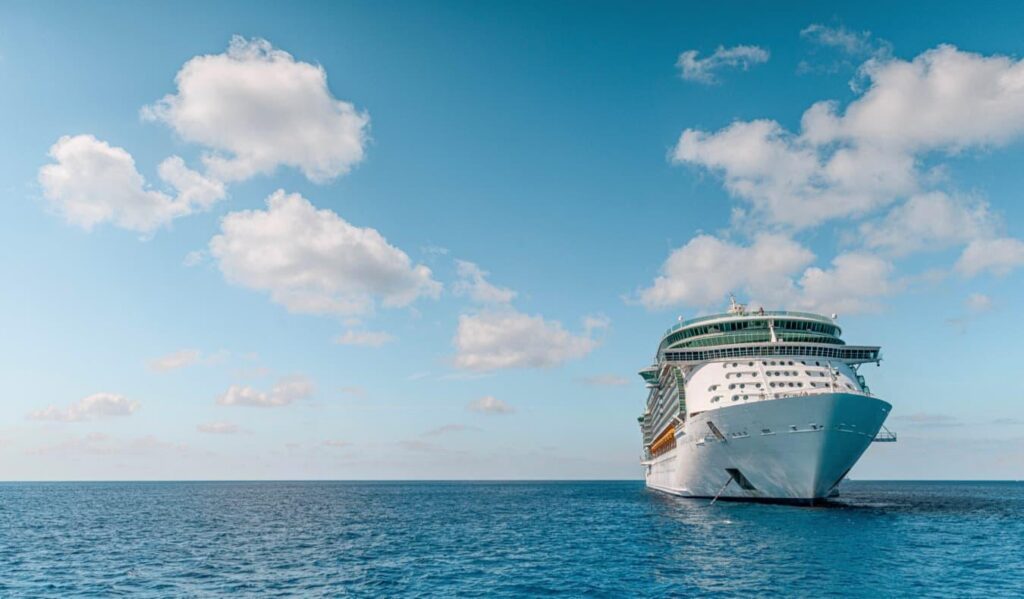The high-altitude realm of commercial aviation has long been a petri dish of human behavior,where social norms seem to evaporate at 35,000 feet. Behind the accordion-like lavatory door, a peculiar and unsettling phenomenon unfolds, transforming these compact, sanitized spaces into zones of remarkable — and often disturbing — personal conduct. From questionable hygiene practices to boundary-pushing activities, airplane bathrooms have become an unspoken arena of passenger transgressions that make airline staff cringe and fellow travelers recoil. This investigation peels back the curtain on the mysterious and sometimes gross rituals that occur in these airborne powder rooms,exploring why airlines,caught between customer service and sheer disbelief,hesitate to directly confront the mounting evidence of passenger misconduct. In the confined spaces of aircraft lavatories, a peculiar phenomenon continues to challenge airline etiquette and sanitation standards. Travelers exhibit increasingly brazen behaviors that push the boundaries of acceptable restroom conduct,creating nightmares for cabin crew and maintenance personnel.
Recent surveys reveal shocking trends of passenger misconduct that go far beyond typical bathroom hygiene concerns. Flight attendants anonymously report discovering unmentionable messes, ranging from deliberately clogged toilets to surfaces smeared with bodily fluids and unauthorized waste disposal methods.
The root causes behind these distressing behaviors are multifaceted. Increased stress, alcohol consumption, and a sense of anonymity contribute to passengers treating airplane bathrooms as personal dumping grounds. Some individuals seem to abandon social norms the moment they step into these compact facilities, treating them with remarkable disrespect.
Airlines find themselves in a delicate predicament. Direct confrontation risks passenger complaints and potential social media backlash, while ignoring the issue leads to escalating sanitation challenges. The economic implications are significant, with additional cleaning costs and potential aircraft maintenance required after notably egregious incidents.
Psychological research suggests that the liminal space of air travel creates a unique behavioral surroundings. Passengers often feel temporarily disconnected from societal rules,viewing the airplane as a transitional zone where typical standards don’t apply. This mindset encourages actions they would never consider in more structured environments.
Digital platforms have inadvertently amplified the problem, with some travelers sharing inappropriate bathroom behaviors as viral content. What was once considered embarrassing has transformed into a perverse form of entertainment, further normalizing unacceptable conduct.
International carriers are experimenting with innovative deterrence strategies. Some implement subtle design modifications, like motion-sensor cleaning mechanisms and strategic lighting that discourages destructive behaviors. Others provide explicit educational materials about bathroom etiquette, hoping to reshape passenger perspectives.
Technology might offer future solutions. Advanced sensors could possibly monitor lavatory conditions in real-time, allowing immediate intervention and precise tracking of responsible passengers. However, privacy concerns complicate widespread implementation of such systems.
The challenge extends beyond mere cleanliness. These behaviors represent a broader breakdown of communal respect, reflecting deeper societal shifts in personal accountability.Airlines must navigate this complex landscape, balancing passenger experience with maintaining basic hygiene and operational efficiency.
As air travel continues to evolve, addressing these bathroom behaviors will require a multifaceted approach combining education, design innovation, and strategic communication.





